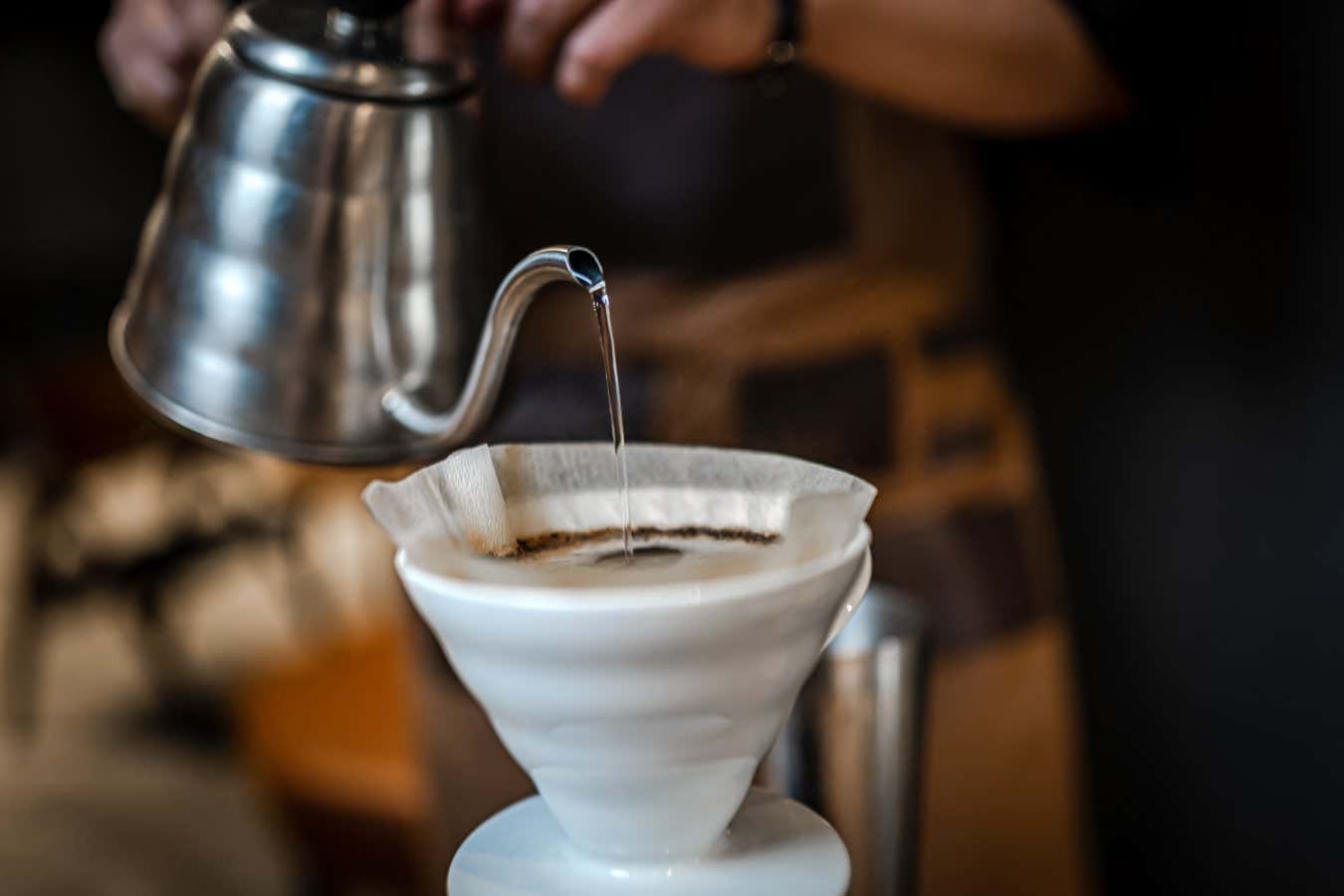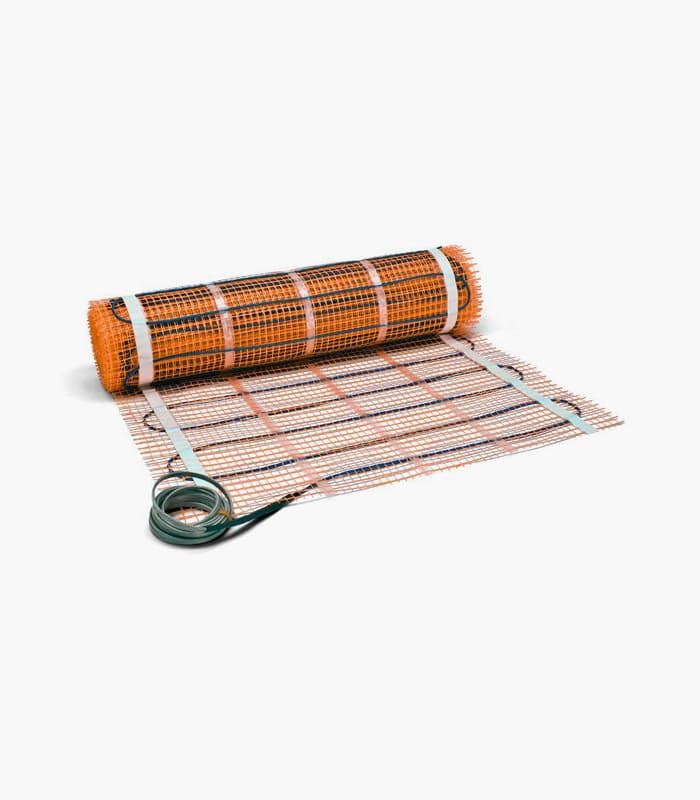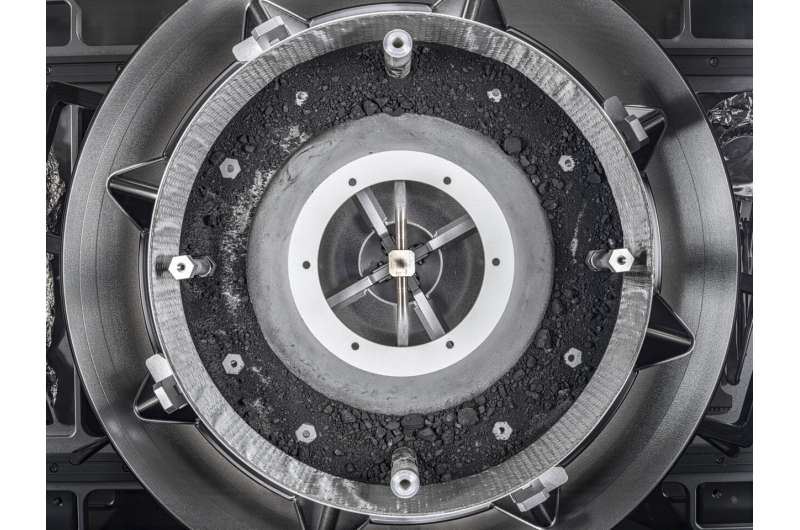How to make great coffee with fewer beans, according to science

Physics
Physicists have determined that the ideal technique for pour-over coffee can use up to 10 per cent fewer beans to make a cup just as flavoursome
By Matthew Sparkes

The right technique can make great pour-over coffee with fewer beans
Kemal Yildirim/Getty Images
Physicists have discovered a technique that can produce the perfect cup of coffee with up to 10 per cent fewer beans.
With climate change making coffee production an increasingly tricky proposition, it is becoming more important to brew in the most efficient way possible, says Arnold Mathijssen at the University of Pennsylvania.
“Coffee is getting harder to grow, and so, because of that, prices for coffee will likely increase in coming years,” he says. “The idea for this research was really to see if we could help do something by reducing the amount of coffee beans that are needed while still keeping the same amount of extraction, so that you get the same strength of coffee.”
Mathijssen and his colleagues focused on pour-over coffee, where hot water is slowly added to grounds in a cone-shaped paper filter. Their advice can be boiled down to some very simple tips. Firstly, pour slowly; the more time the beans are immersed in water inside the cone, the more extraction takes place.
But this only works up to a point. Pour too slowly and the grounds aren’t mixed up enough; they settle to the bottom and actually begin to reduce the amount of extraction. To combat this, the second tip is to pour from a height.
“If you lift up the height of your kettle, you can basically just get more energy from gravity,” says Mathijssen. “Then all the particles will enter this kind of global circulation that you wouldn’t normally get if you were to pour from a lower height.”
The team’s experiments showed that coffee strength increased when raising the kettle up to 50 centimetres above the cone. But Mathijssen warns that if you pour from too high up, the stream of water begins to break up, forming unconnected glugs, which again will disrupt the circulation in the coffee cone. Not to mention that pouring boiling water from too high presents a scalding risk.
“Be reasonable,” says Mathijssen. “First, try to be slow. Then lift [the kettle] up and go as slow as you can, but don’t let [the flow of water] break up,” he says. “That’s the strategy that I would follow.”
The process is very dependent on the type of coffee, the size of the grounds, the type of kettle used and numerous other factors, but the researchers found that their technique can lead to savings of between 5 per cent and 10 per cent in the amount of coffee needed. Their experiments showed that the resulting brew has the same amount of dissolved solids, so it should be just as strong and flavoursome.
Discover more from Tamfis Nigeria Lmited
Subscribe to get the latest posts sent to your email.



 Hot Deals
Hot Deals Shopfinish
Shopfinish Shop
Shop Appliances
Appliances Babies & Kids
Babies & Kids Best Selling
Best Selling Books
Books Consumer Electronics
Consumer Electronics Furniture
Furniture Home & Kitchen
Home & Kitchen Jewelry
Jewelry Luxury & Beauty
Luxury & Beauty Shoes
Shoes Training & Certifications
Training & Certifications Wears & Clothings
Wears & Clothings
















